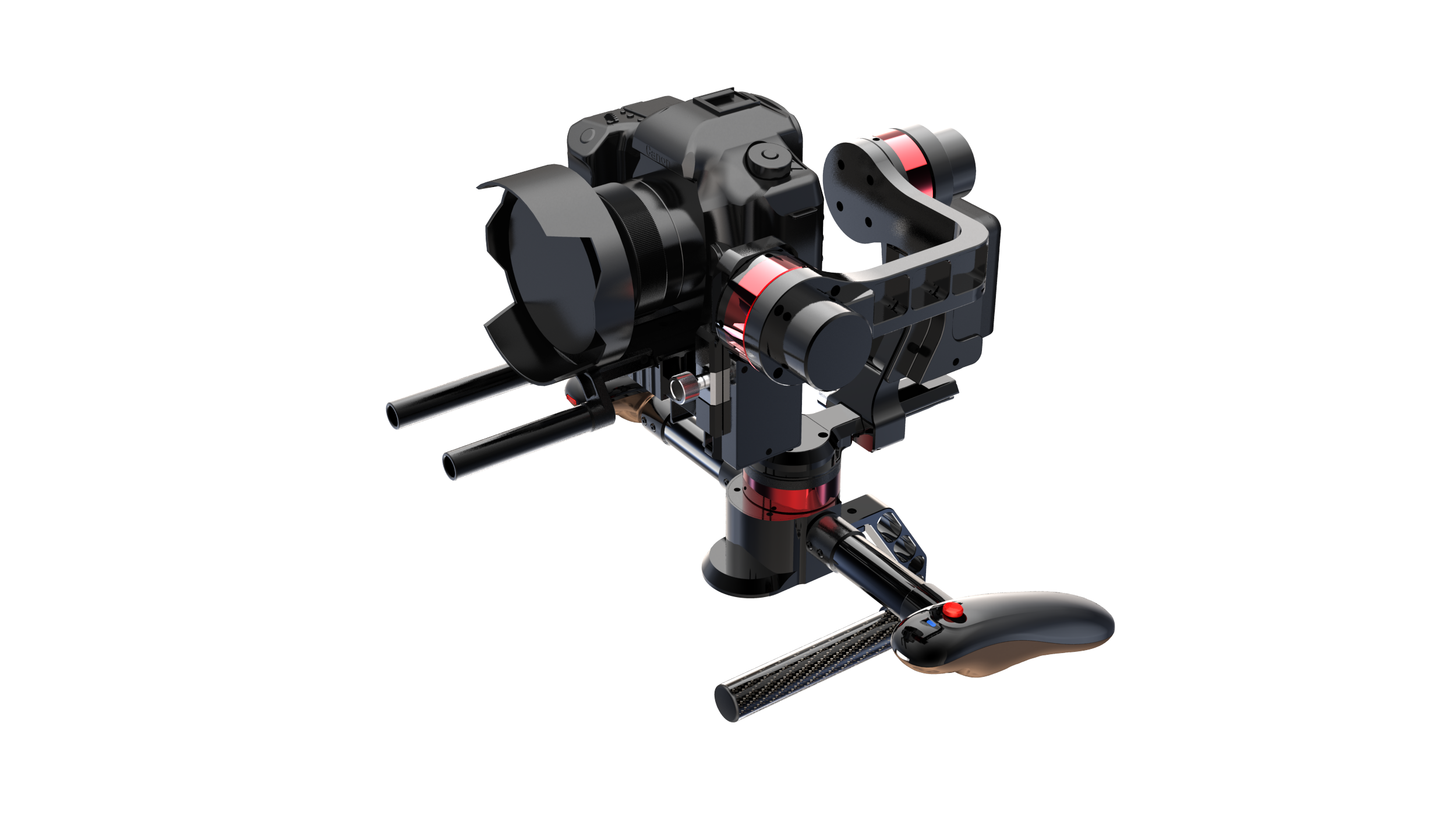The idea of ​​using graphene in computers is currently impractical, but such materials are likely to be key components in flexible electronic displays, high-energy batteries, and other products.
.jpg)
Conductively faster than silicon, but temporarily difficult to become "graphene semiconductor"
In 2004, researchers at the University of Manchester, André Heim and Konstantin Novoselov, first isolated graphene and tested its electrical properties. They peeled the broken fine graphite layer by layer with a special tape until only a single atomic thickness of carbon grid remained. This achievement allowed the two to win the 2010 Nobel Prize in Physics.
Graphene is very strange. It exhibits a state called "crushing", in which charge can pass unimpeded, at a much faster speed than silicon materials that are widely used today in integrated circuits.
In the beginning, the researchers were extremely excited about the possibility of graphene calculations. But don't expect to find a graphene processor in your laptop in the future. Graphene is not a semiconductor, which means it is difficult to switch from a conductive state to an insulated state. Without a powerful switching function, a graphene switch cannot replace silicon in digital logic.
The electrical properties of graphene may be more suitable for use in analog circuits in the telecommunications industry. In 2011, IBM demonstrated the feasibility of using ultra-fast graphene circuits in telecom applications.
.jpg)
Hard and flexible, suitable for wearable undoubtedly the best attributes of the mechanical performance of the equipment and telecommunication lines <br> <br> graphene, both flexible and elastic.
In 2008, Columbia University's research showed that graphene is the hardest of the materials tested. The research team led by Ray Bowman of the University of Texas at Dallas has been working on the application of graphene materials that combine hard, flexible and highly conductive properties into textiles. Graphene yarns can be made into artificial muscles or combined with battery materials to become electronic devices for wearable devices.
In 2013, an important milestone in the commercial application of graphene came beyond the era of high-quality small-grain graphene prepared by the so-called tape method. The research team led by Rodney Roof of the University of Texas produced high-quality graphene on a large area by depositing carbon on a very fine copper sheet by a vapor deposition method. Forming graphene.
This is very important because only high quality graphene can exhibit the performance of the punch. In 2014, Samsung demonstrated that graphene can also be formed on the surface of another material called germanium.
Other colleagues at Roov are working to grow graphene into a rugged and flexible telecommunications line. These devices are so hard that they can be run over by a car and survive in the water. Deji Ai Jinwangde proved this in a paper that he is working with Corning and 3M to achieve mass production of graphene.
And electrodes "cling", and can improve battery performance <br> <br> touch distance closer commercial applications using graphene conductivity and mechanical strength to produce the electrode material. For example, it can replace indium tin oxide and is used to produce transparent conductive electrodes for touch screen displays. In September 2014, the Cambridge Graphene R&D Center and the electronics company Plastic Logic demonstrated a flexible display made of graphene electrodes.
The addition of graphene electrodes can be used to make high-energy batteries, which can make electric vehicles travel farther and have better mechanical stability. In 2011, researchers at the University of California, USA, used graphene to sandwich and stabilize the battery electrodes like a sandwich structure. One of the researchers, Zhang Yuegang, moved his lab back to China in hopes of achieving industrialization faster. In 2014, his team at the Chinese Academy of Sciences proved that graphene can clamp and fix sulfur electrodes.
Researchers at the University of California, Los Angeles are exploring new graphene applications, such as whether graphene can be used in new capacitors that charge far more than batteries and have more power storage capabilities.
Graphene was discovered only 11 years ago, but it caused a wave of R&D booms, which is rare in the history of materials science. Although scientists and industry have fully expanded their wings of imagination, the MIT Science and Technology Review believes that "the actual application is really coming, but it is very slow."

For different consumer, there are 2 kind of 3 axis gimbal stabilizer for them, which are Professional Stabilizer and consumer stabilizer.

Stabilis X1 is very professional for DSLR photographer, the device has heading cruise, normal holding position, inverted position, and single-handed side position modes.

Wewow focusing on handheld stabilizer is a technology company which does R & D independently. With Wenpod series product released, the company achieved the industry's praise and quickly became the leader of the smart stabilizer industry.
Our service
1. Reply to you within 24 hours.
2. Already sample: within 1-2days.
3. Shipping date: within 24 hours once get the payment.
4. 12 months warranty.
5.After-sales service, solve within 3 working dates.
If you have any questions, please contact with us directly.
Wewow appreciates domestic and international business relationship!
Professional Stabilizer
Professional Stabilizer,Professional DSLR Stabilizer,Stabilizer For Large Camera,Portable Handheld Stabilizer
GUANGZHOU WEWOW ELECTRONIC CO., LTD. , https://www.stabilizers.pl